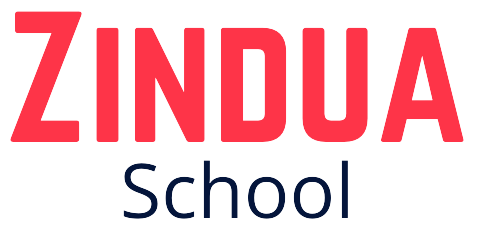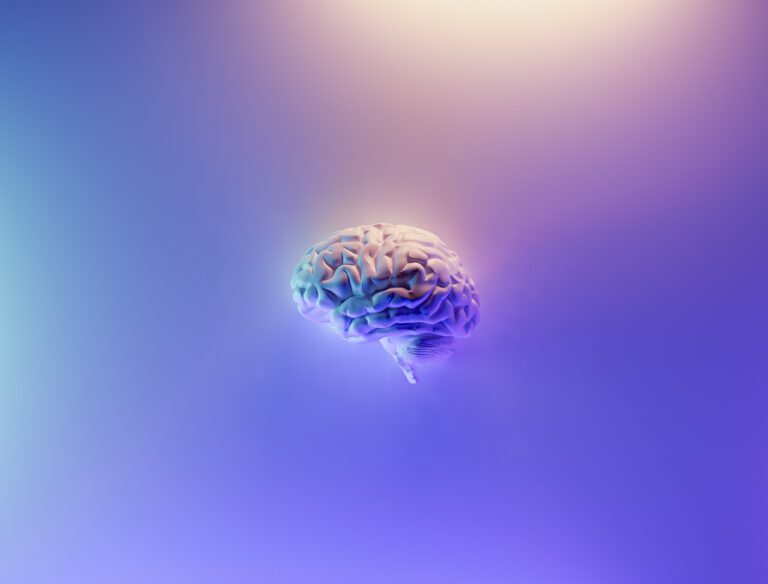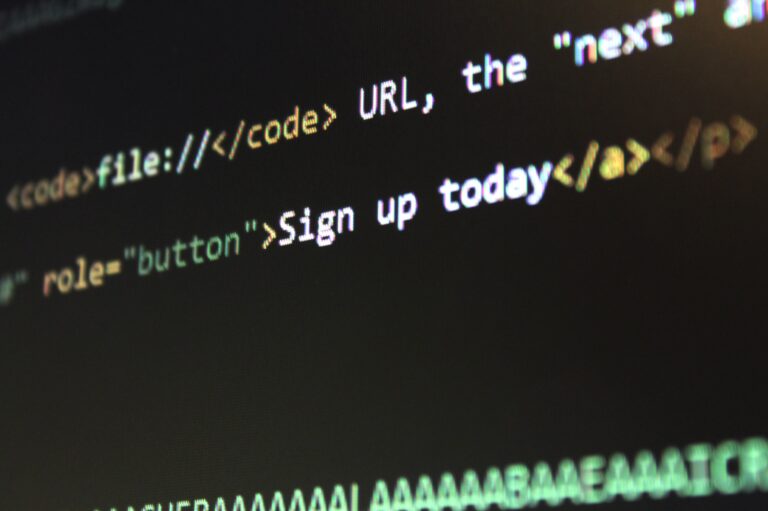29 Must-Have Python Libraries for Data Science and Machine Learning
Python has become the dominant programming language for data science, data analysis, and machine learning due to its rich ecosystem of libraries and tools. Here are some of the top Python libraries for data science categorised by function:
- Data Analysis Libraries
- Data Visualisation Libraries
- Machine Learning Libraries
- Deep Learning Libraries
- Libraries Connecting to SQL Databases
- Big Data Engineering Libraries
- Other Python Libraries for Data Science
Data Analysis Libraries
Some of the most common python libraries for Data Science are focused on data analysis. These libraries allow you to clean and manipulate your data before you start modelling or before make visualisations:
1) Numpy
NumPy is the fundamental library for numerical computing in Python. It provides support for arrays, matrices, and a wide range of mathematical operations. Many other data science libraries are built on top of NumPy.
2) Pandas
Pandas is a powerful library for data manipulation and analysis. It provides data structures like DataFrames for handling structured data, making it easy to clean, preprocess, and analyze datasets.
3) Scipy
Scipy builds on NumPy and adds additional functionality for scientific and technical computing. It includes modules for optimization, integration, interpolation, and other advanced numerical operations.
Data Visualisation Libraries
After analysing your data, the natural next step is to explore your data through visualisation. These libraries are the most popular for building visualisations within the Python environment:
4) Matplotlib
Matplotlib is a comprehensive library for creating static, animated, and interactive visualisations in Python. It is highly customisable and widely used for data visualisation.
5) Seaborn
Built on top of Matplotlib, Seaborn provides a high-level interface for creating attractive and informative statistical graphics. It simplifies common data visualization tasks and produces aesthetically pleasing plots.
6) Bokeh
Bokeh is a Python library for creating interactive and visually appealing data visualizations for the web. It is particularly useful for building interactive dashboards.
7) Plotly
Plotly is another interactive data visualization library for Python that offers a wide range of chart types and can be used for creating web-based dashboards and reports.
8) Geopandas
Geopandas is an open-source library that simplifies working with geospatial data. It extends Pandas to support geospatial operations and allows for the manipulation and visualization of geographic datasets.
Machine Learning Libraries
Python is extremely rich with libraries that allow you to do machine learning modeling. Scikit Learn is the most popular library here but the alternatives are also highly utilised for specific task such as time series analysis for specific models that are not available in Scikit Learn:
9) Scikit-learn
Scikit-learn is a versatile machine learning library that includes a wide range of machine learning algorithms for classification, regression, clustering, dimensionality reduction, and more. It also provides tools for model selection and evaluation. python libraries for data science.
10) Statsmodels
Statsmodels is a library for estimating and interpreting statistical models in Python. It is particularly useful for conducting statistical tests and regression analysis. You’ll tend to mostly use it for time series analysis.
11) XGBoost and LightGBM
These gradient boosting libraries are highly efficient and effective for predictive modeling tasks. They are often used in machine learning competitions and real-world applications.
Deep Learning Libraries
It is hard to make a separation between deep learning and machine learning libraries as both could be used for machine learning and/or deep learning. However, the following libraries are specifically known for their deep learning capabilities, allowing you work more intricately with neural networks and perform task such as image classification, natural language processes, among others:
12) TensorFlow
TensorFlow is a deep learning framework developed by Google. It is essential for building and training neural networks and is widely used in both research and industry.
13) PyTorch
PyTorch is another deep learning framework that is highly flexible and popular, particularly in the research community. It offers dynamic computation graphs and is known for its ease of use.
14) Keras
Keras is a high-level deep learning library that runs on top of TensorFlow, Theano, or CNTK. It provides a user-friendly API for building and training neural networks, making it accessible to beginners and experts alike.
Libraries Connecting to SQL Databases
When working with SQL databases in Python, there are several libraries and tools available to facilitate database interactions, data querying, and data manipulation. Here are some essential libraries for working with SQL databases in Python:
15) SQLAlchemy
SQLAlchemy is a powerful and versatile SQL toolkit and Object-Relational Mapping (ORM) library for Python. It allows you to work with relational databases using a high-level, Pythonic API. SQLAlchemy supports a wide range of database systems, including PostgreSQL, MySQL, SQLite, and Oracle.
16) psycopg2
psycopg2 is a PostgreSQL adapter for Python. It enables Python applications to connect to and interact with PostgreSQL databases, making it a crucial library for PostgreSQL users.
17) mysql-connector-python
If you’re working with MySQL databases, mysql-connector-python is an official MySQL driver for Python. It allows you to connect to MySQL databases and execute SQL queries.
18) sqlite3
sqlite3 is a built-in Python library for working with SQLite databases, which are lightweight, serverless, and often used for embedded databases in applications.
19) pyodbc
pyodbc is a Python module for connecting to ODBC-compliant databases, including Microsoft SQL Server, Microsoft Access, and others.

Big Data Engineering Libraries
When working with big data engineering tasks, you often need specialized libraries and tools to handle large-scale data processing, storage, and analytics. Here are some essential libraries and tools for big data engineering in Python:
20) Apache Hadoop
Hadoop is a popular open-source framework for distributed storage and processing of large datasets. It includes the Hadoop Distributed File System (HDFS) for storage and the MapReduce programming model for processing.
21) Apache Spark
Apache Spark is a powerful and fast distributed computing framework for big data processing. It provides high-level APIs in Python (PySpark) for batch processing, streaming, machine learning, and graph processing.
22) Dask
Dask, is a very valuable library for big data engineering. It enables parallel and distributed computing, making it suitable for scaling data engineering workflows.
23) Hive
Apache Hive is a data warehousing and SQL-like query language system for Hadoop. It allows you to write SQL queries to process data stored in Hadoop HDFS.
24) Apache Kafka
Kafka is a distributed streaming platform that is commonly used for collecting, processing, and streaming data in real-time. It’s crucial for handling data pipelines and event-driven architectures.
Other Python Libraries for Data Science
Additionally, here are some additional python libraries for data science that you’ll need for more specific tasks:
25) NLTK (Natural Language Toolkit)
NLTK is a library for working with human language data. It provides tools for text processing, tokenization, stemming, and more, making it invaluable for natural language processing (NLP) tasks.
26) Beautiful Soup
Beautiful Soup is a popular library for web scraping and parsing HTML and XML documents, which is useful for collecting data from websites.
27) OpenCV
OpenCV is an open-source computer vision library that provides tools for image and video analysis, including object detection, facial recognition, and image processing.
28) Streamlit
Streamlit is a Python library for creating web applications with minimal effort. It’s excellent for building interactive dashboards and web interfaces for data analysis and visualization.
29) SDKs for Cloud Platforms
Most cloud platforms have Python libraries that allow you to interact with their cloud services seamlessly from your Python environment. Here are the three most popular SDKs for AWS, Microsoft Azure, and Google Cloud:
- AWS SDK (boto3): If you are working on Amazon Web Services, the AWS SDK for Python (boto3) is essential for interacting with AWS services and managing big data workflows on the cloud.
- Azure SDK: If you are using Microsoft Azure, the Azure SDK for Python is essential for managing Azure resources and services for big data engineering tasks.
- Google Cloud SDK: For Google Cloud Platform users, the Google Cloud SDK is crucial for interacting with GCP services and running big data workloads on Google Cloud.
Conclusion
These libraries provide a robust foundation for various data science tasks, from data manipulation and analysis to machine learning and interactive data visualisation. The specific libraries you choose will depend on the requirements of your data science projects. Are there any Python libraries for data science and machine learning I missed? Comment below and I’ll add them onto the blog based on their importance!
Are you interested in getting started in Data Science? Zindua School offers a 25-week intensive program in Data Science that covers Python programming, Data Analysis, Machine Learning, and even Big Data Engineering. The program will cover most of the Python libraries for Data Science covered in this blog and will prepare aptly for a data career. Learn more about the program here or apply here to join the next intake.
Looking to learn more about Data Science? Check out these two blogs: Data Science vs Software Development – what pathway to take and Data Science for Beginners – Getting Started Guide 2023







